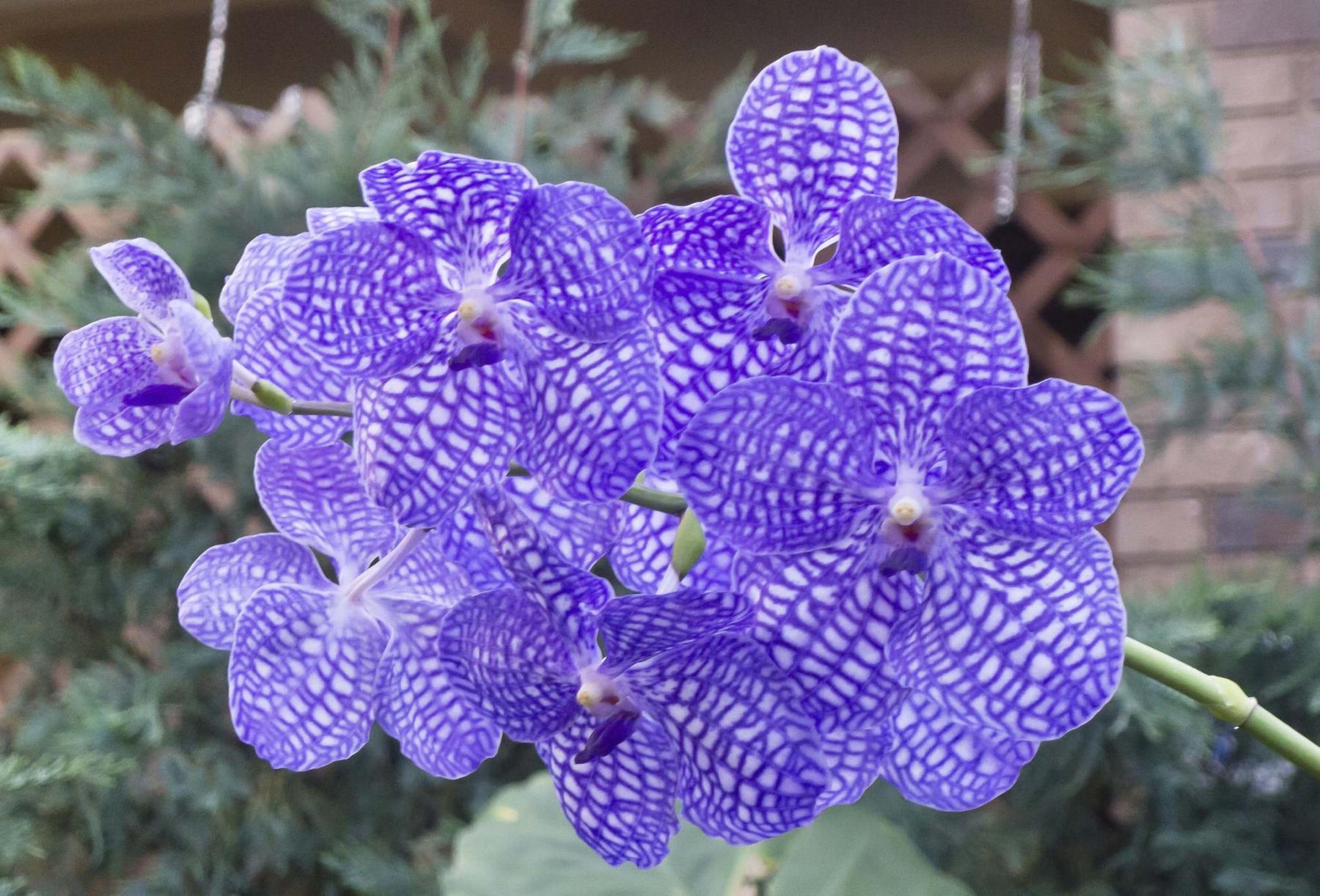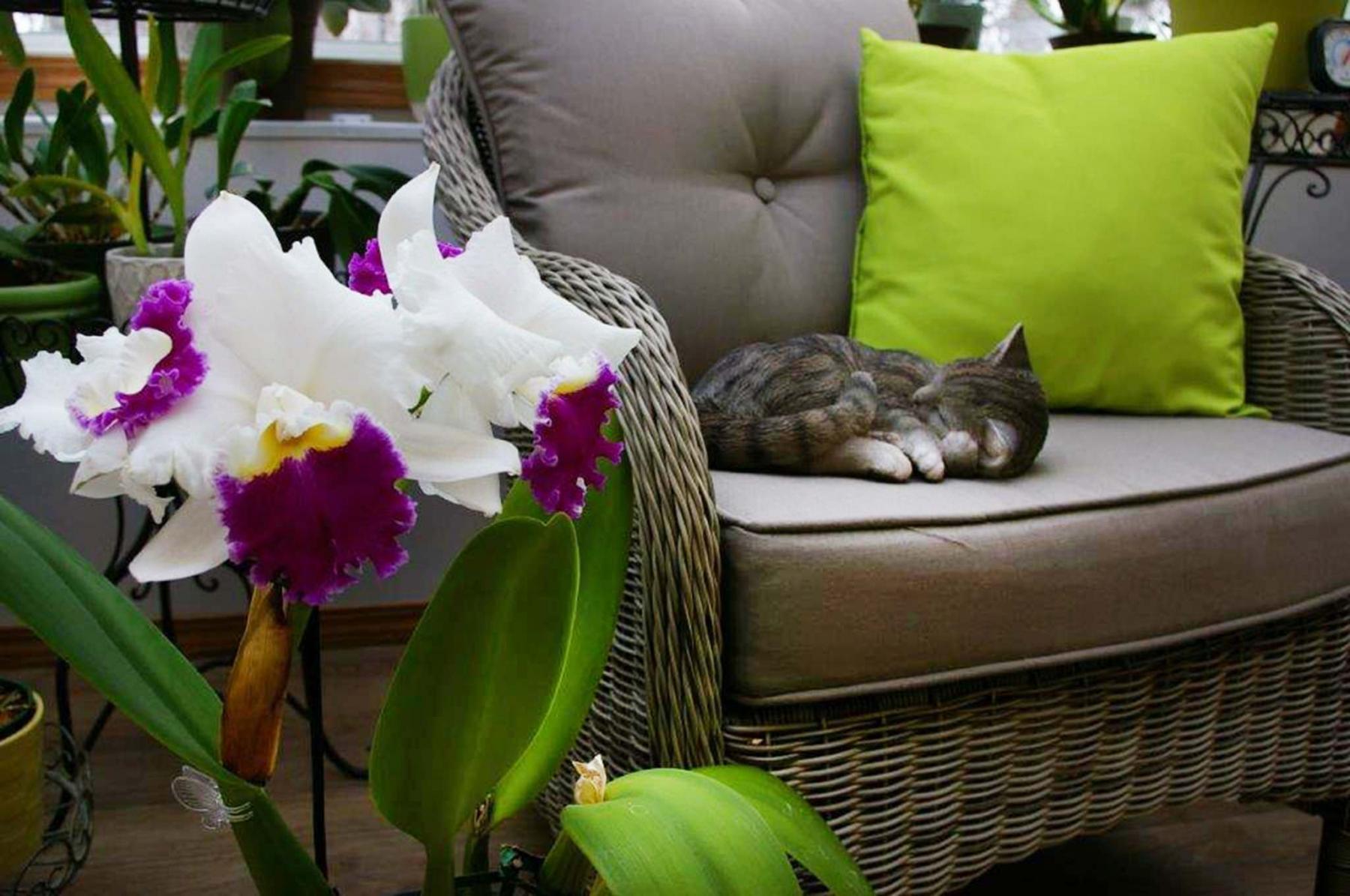
Joan Porteous
Starting Point Unique is a breathtaking Cattleya orchid that thrives in bright light.
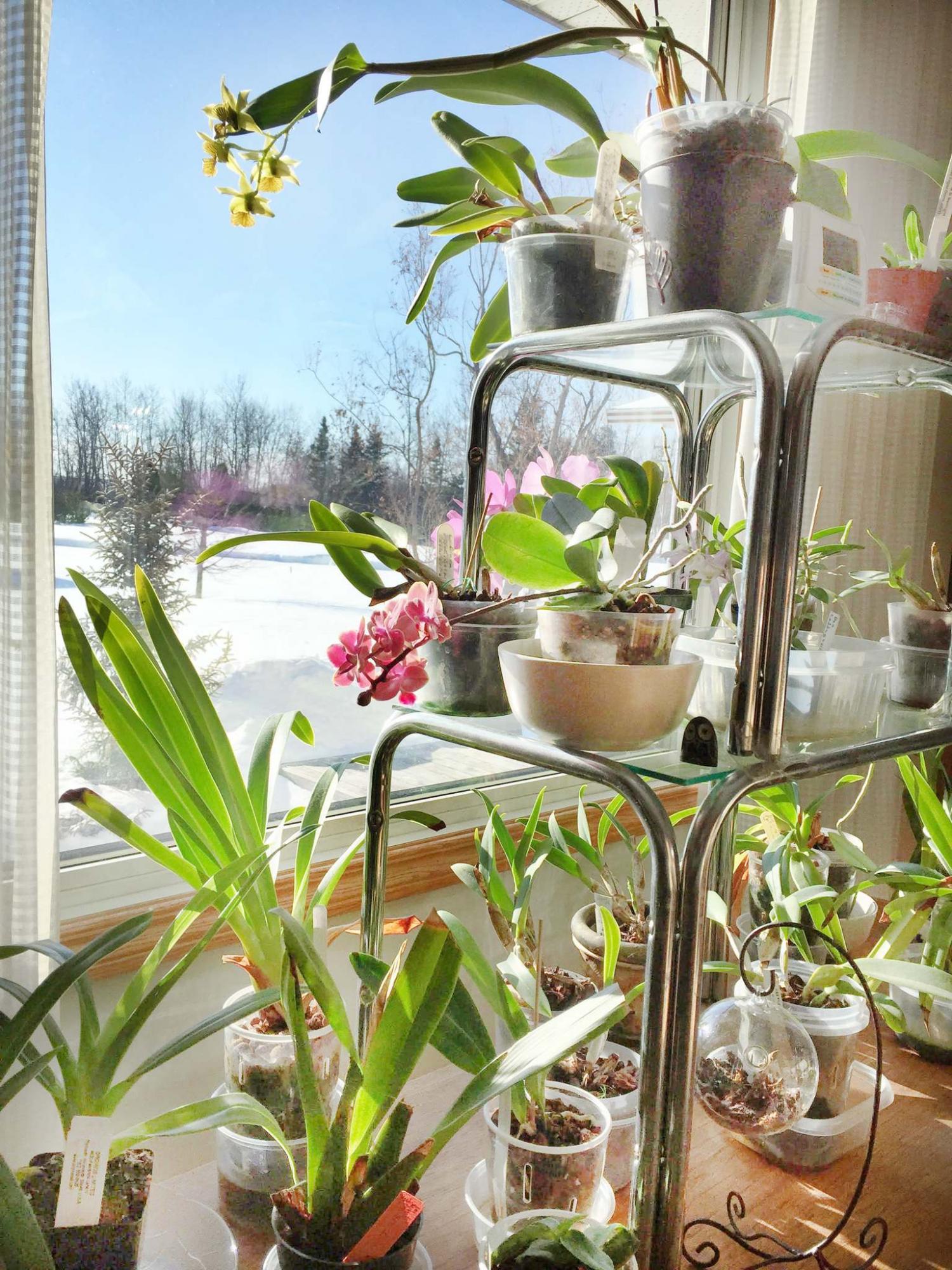
Eva Slavicek
An east- or west-facing window provides bright, indirect light for your orchids.
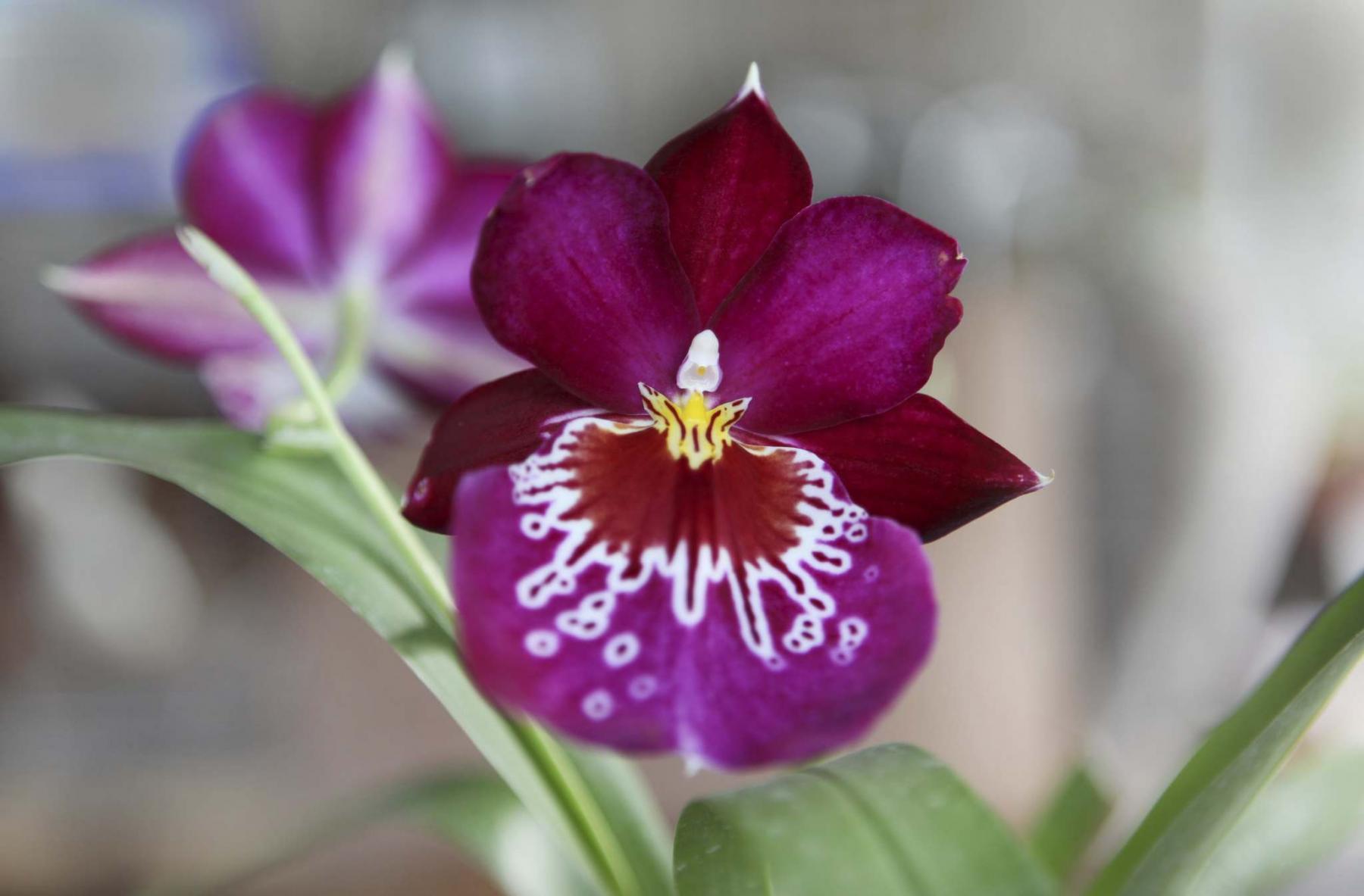
Darlene Stack
Miltoniopsis Ruby Falls orchid has large, fragrant flowers.
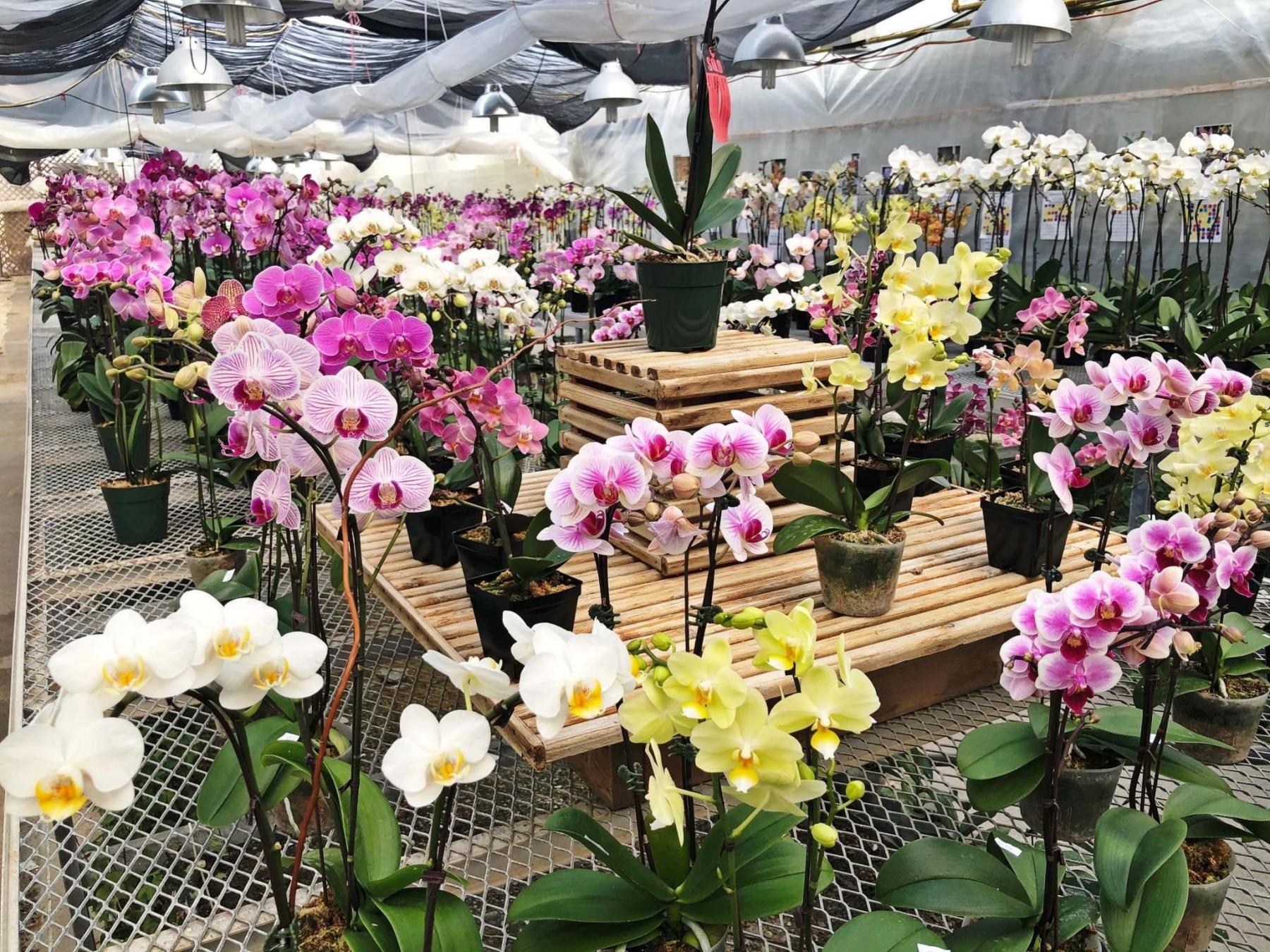
Ever Spring Orchids
Winnipeg’s Ever Spring Orchids greenhouse grows orchids exclusively.
In a perfect world, we would have been meeting one another today at the annual Orchid Show & Sale hosted by the Manitoba Orchid Society. What a difference a month makes. March has brought a long string of event cancellations over COVID-19 concerns. No organization takes it lightly when its best laid plans are upended — especially when it happens to be its 50th anniversary.
The annual orchid show is a showpiece of Manitoba’s tight-knit horticultural community. Each year, the orchid show is a coming together of more than 1,000 orchid lovers, including orchid specialists from across Canada. When the doors open to the three-day event each March, visitors enter a tropical paradise filled with hundreds of pristine orchids, every one of them artfully displayed. It’s overwhelming to the senses — in a very good way.
One of the highlights of the show is the opportunity to learn from experts who display prized selections from their orchid collections, dispense indispensable advice and provide demonstrations. An eager crowd is always guaranteed for one of the most popular workshops: how to repot your orchid.
Visitors also go to buy orchids because the curated selection at the orchid show has the reputation of being the best of the best.
Now what?
The good news is that even in these highly unusual and cautious times, you can still buy superior quality orchids. Enter Ariel Lin, owner of Ever Spring Orchids, a specialty greenhouse in Winnipeg that grows only orchids. Lin is a fixture at the orchid show each year where she showcases a wide range of the orchid species grown in her greenhouse at 2868 Pipeline Rd. Since the show’s cancellation was announced, Lin’s phone hasn’t stopped ringing. Lin is offering citywide delivery of online purchases and has devised a scrupulous series of steps to ensure no-contact processing and delivery to your door. Details are available at everspringorchids.ca.
Orchids are highly sought after in part for their long-lasting flowers — three to six months. There really is no other indoor potted plant that puts on such a masterful show.
Rick Askinis is the show chair for the orchid society. An avid collector, Askinis has more time than ever these days to tend to his babies, some of whom spend their days in a variety of different locations throughout his home.
Since most of us are a captive audience at present and for the foreseeable future, I asked Askinis to share his expertise. First, let’s ask him what to do when our orchid stops blooming and how long we must wait for it to bloom again.
"Look at the stem of your orchid," says Askinis. "If it is still green and firm, you can induce a second blooming on that same stem by going up the stem two or three nodes from the bottom and trimming it off at that point. Within the space of another month or two, there will be more buds. But if the stem starts turning brown, trim it close to the base."
Orchids prefer bright, indirect light and should not be placed in direct sun. Light levels become more critical, says Askinis, when it has finished blooming and you want it to rebloom. An east-facing window provides a good amount of light. In our cold climate, a west-facing window works well especially for the commonly grown Phalaenopsis, also known as the moth orchid. A window ledge location is fine, says Askinis, but make sure that no part of the orchid’s leaves come in direct contact with the window.
Indoor temperatures play an important role. Nighttime temperatures should be cooler — about a seven to 10-degree drop compared with daytime temperatures, but typically above 15C. Hence, a location near a window has its benefits since temperatures at night are normally cooler.
The amount of water to give your orchid is also significant. Askinis suggests treating your orchid like a cactus. "The question is not how often you water it," says Askinis, "it’s how dry do you allow the soil medium to get before watering again."
In the case of the Phalaenopsis orchid, Askinis generally holds off on watering until just prior to the point of almost complete dryness, and then he waters it thoroughly. That sounds easy, doesn’t it? "Soak the media quite well, allow the water to drain, and ensure there is no standing water."
Naturally, adds Askinis, conditions vary from one indoor environment to the other. If the air in your home is exceedingly dry, soil medium will dry out more quickly or it will stay moist longer in higher humidity. Light intensity is a factor as well.
Askinis suggests a simple weight test. After watering the soil medium thoroughly, Askinis lifts the pot and makes a mental note as to how heavy it feels. He continues to do this once each day or every second day. (A good exercise routine if you happen to have as many orchids as Askinis has — 110 — in numerous rooms of his house and on multiple levels).
Overwatering can be the death knell for orchids. If you are a chronic over-waterer, try placing one or two ice cubes on top of the soil medium once a week. This is an easy way to provide adequate moisture to your plant. Indeed, there is a line of orchids called Just Add Ice, which is produced by Green Circle Growers, a family-owned company in Oberlin, Ohio.
Once your orchid has finished blooming and re-blooming, it’s time to repot. Changing the potting medium — typically sphagnum moss — promotes healthy root growth. Purchase an orchid potting mix that contains bark, perlite, and charcoal. There are also mixes that are semi-hydroponic and use an inorganic medium. The type of orchid you are growing will dictate the type of medium. Phragmipedium Lady Slipper orchids which are native to South America, for example, grow naturally near streams or boggy areas and require a potting medium that retains moisture, says Askinis.
The potting medium for the Cattleya orchid, also known as the corsage orchid, should be allowed to dry to the point where it can’t get too much drier.
Joan Porteous, president of the orchid society, grows a magnificent Cattleya orchid called Starting Point Unique. Cattleya orchids thrive in the bright light of a south-facing window.
Local orchid enthusiast Darlene Stack grows rare orchid beauties such as dark lavender Vanda Robert’s Delight and ruby red Miltoniopsis Ruby Falls. The Vanda orchid species is native to India. The large flowers feature overlapping, heavily veined petals on arching stems. To provide the higher humidity that Vanda orchids prefer, Stack grows it inside a large vase. Miltoniopsis orchids are native to South America. They have fragrant flowers on arching stems and prefer lower light levels.
Orchids love to summer outdoors starting at the end of May after the risk of frost up to September. Find a protected location without any direct sunlight.
To learn more about all the different types of orchids and how to care for them, visit manitobaorchidsociety.ca. Remember to wish them a very happy 50th anniversary.
colleenizacharias@gmail.com

